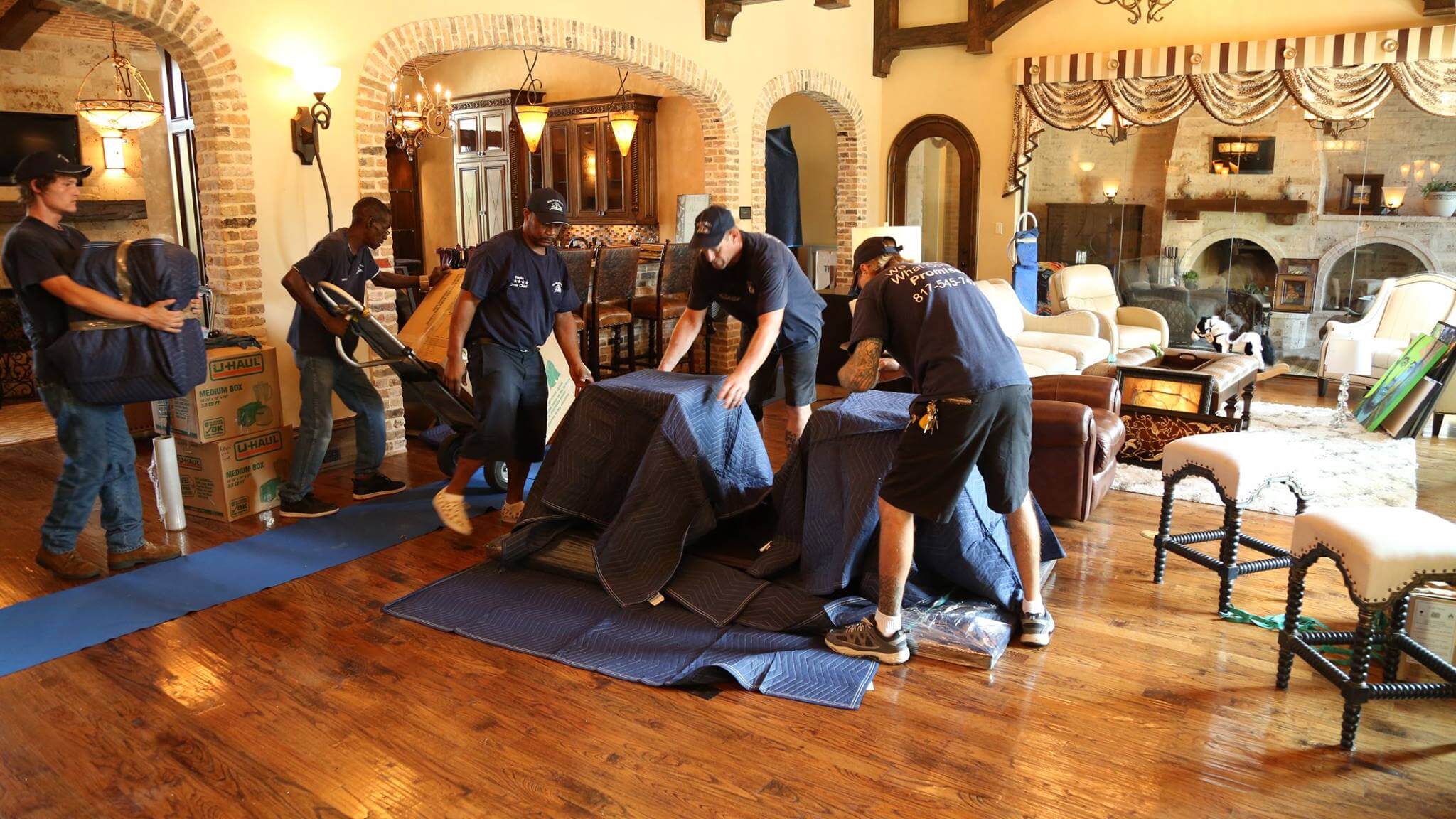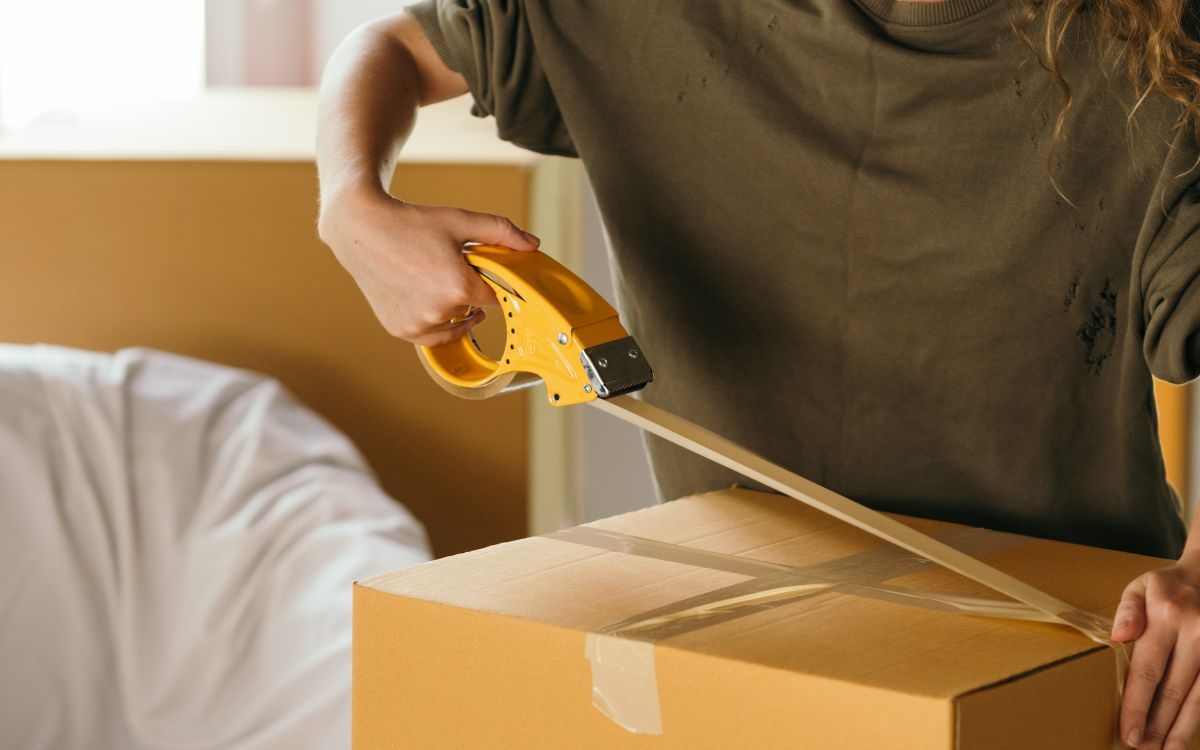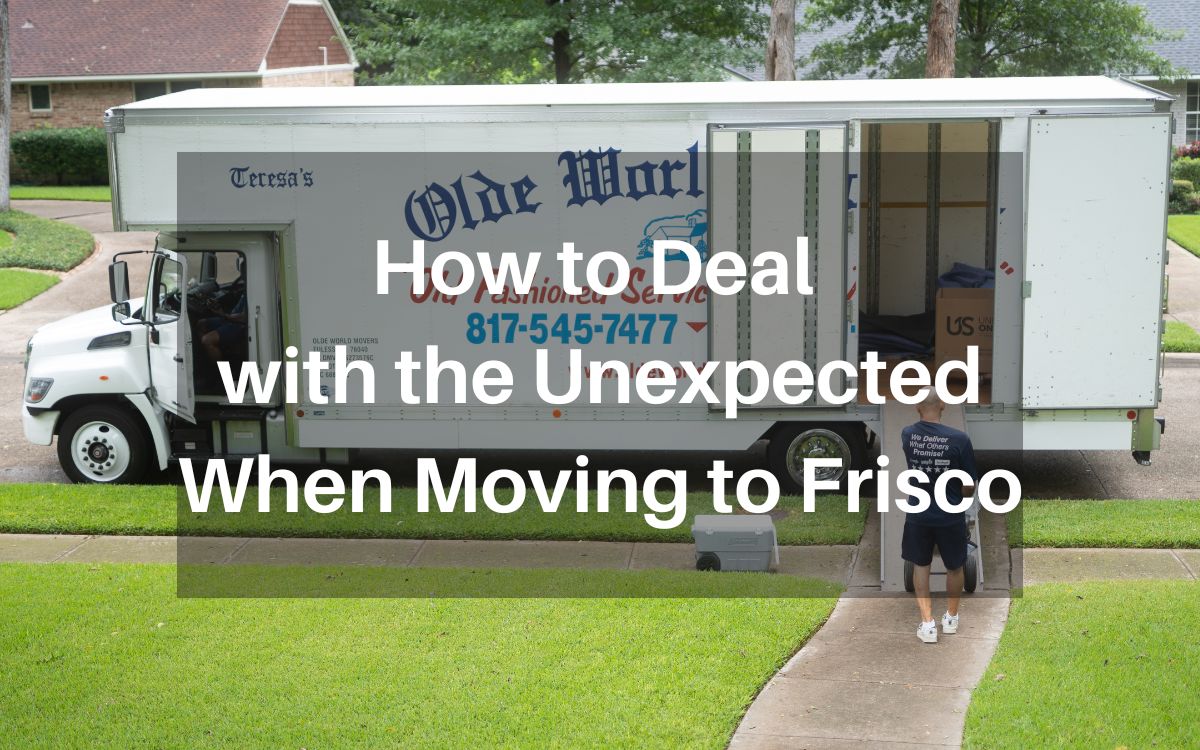
While no doubt exciting to move into a new home, it’s also exhausting and overwhelming. Whether you’re moving your whole family into a new home or it’s just you, there are many things you need to know right after moving in. From changing locks to baby proofing the house, here are 20 things you should be considering before settling in.
1. Make a Priority List
Once the movers have left and you look around the house, you may be hit with panic. Where do you start? What comes first? What can wait? Organize your thoughts and put them in writing in the form of a checklist. This way, you can check out what needs to be done as you do it. It will give you a sense of great satisfaction with each check mark.
Keep a notebook in a centralized location so you can quickly jot down all important to-do items, and tell the family to add their own tasks as needed. Number them by priority so you can start with the most essential and not waste time on things that can wait.
There are many ways you can group them, such as by hour, day or week. Top action items should include cleaning, unpacking and addressing safety concerns.
Next, within a month, tackle second-priority tasks relating to unpacking non-essentials, organization, and maintenance. Once those are done, tackle the priority-three tasks (non-essentials to complete within the first six months or year). The Family Handyman says these projects include large furniture purchases, renovations and landscaping.
2. Unpack Essential Items
Before you do anything else, it’s time to unpack the items you need immediately. You will want to:
- Set up the TV and electronics
- Hook up appliances for the kitchen and bath
- Configure basic furniture such as tables, sofas, and chairs
- Set up kids’ bedrooms
- Make up beds
- Deep clean bathrooms and kitchens
3. Sort Utilities
If you were proactive, you squared away the utility services before you even moved so you don’t have a coverage gap. If you didn’t, do this first thing. Call the electricity, Internet or TV service companies to get those going. It may take a few days to get an appointment for Internet, for example, so do this as soon as you can – ideally a few weeks before moving in.
4. Change the Locks
The old homeowners are not responsible for changing the locks when they sell a house. You as the new homeowner are responsible for this task. It’s an important one, as it relates to your home’s security and that of your family. Right when you move in, make an appointment with the locksmith, or even a few days prior if you have access to the home and the closing has already happened.
Provide a copy for all responsible teens and adults in the household. Make sure you change the locks on all main entryways to the home, as well as the garage door remote control.
You may want to install a keyless lock system so no one needs to rely on an actual key to get inside. You can control the locks with your smart phone. Bonus: you can also control your HVAC system.
5. Clean Out Dryer Lint
Sounds like a silly detail to be worried about, but it’s actually an important one. This is a time to start fresh with your dryer vent. The previous homeowner likely just disconnected the dryer and brought it with them without cleaning the vents. Take this opportunity to perform this vital task, which can reduce your fire risk.
Did you know clogged lint screens and ducts reduce you dryer’s efficiency and can lead to house fires? Sadly, lint buildup is a main cause of house fires. According to Consumer Reports, there are nearly 14,000 home fires caused by clothes dryers each year. Approximately 27 percent of those fires results from an accumulation of lint.
Energy efficiency also comes into play. When drying clothes in the dryer, dry your laundry loads one after the other. Starting up a cooled-down dryer isn’t as efficient as a warm one. Plus, over-drying your clothes can damage them, not to mention lead to higher than normal energy bills.
If you will be buying a new dryer now that you have just moved in, go with a gas dryer. It’s more efficient.
6. Baby-Proof and Pet-Proof the House
Got small kids or pets? One of the first things to do is to make sure the house is pet and baby proof. Set up play pens, cribs, and gates for kids, as well as cages and crates for the pets. Place covers on all outlets and bumpers on sharp furniture edges. Lock up all cleaning supply cabinets and toilets.
7. Know the Electrical Panel
Before you need it in a power outage emergency, it’s best to familiarize yourself with the home’s electrical panel now while things are calm. Most main circuit breaker panels can be found in the basement, utility room or garage. This is the location of the main breaker for the house, featuring switches that control the individual circuits. There should also be a visual guide as to which switch controls which room.
8. Introduce Yourself to the Neighbors
Now that you have the details out of the way, take a beat to reach out to your new neighbors. It can get really awkward really fast if you wait on this. You don’t have to go ring their doorbell, but if you see them working on their car in the garage, or when mowing their lawn, pop over and do a quick introduction.
It’s a good idea to establish yourself early on so you can stay on top of the neighborhood happenings, such as block parties, watches, play groups, and just general gossip. Introduce your kids and pets too so they can establish friendships too.
Contact Olde World Movers
Facing a move in the DFW? We can make the logistics part of it go as smoothly as possible. To get a FREE quote, contact us in one of our three main DFW offices today.



